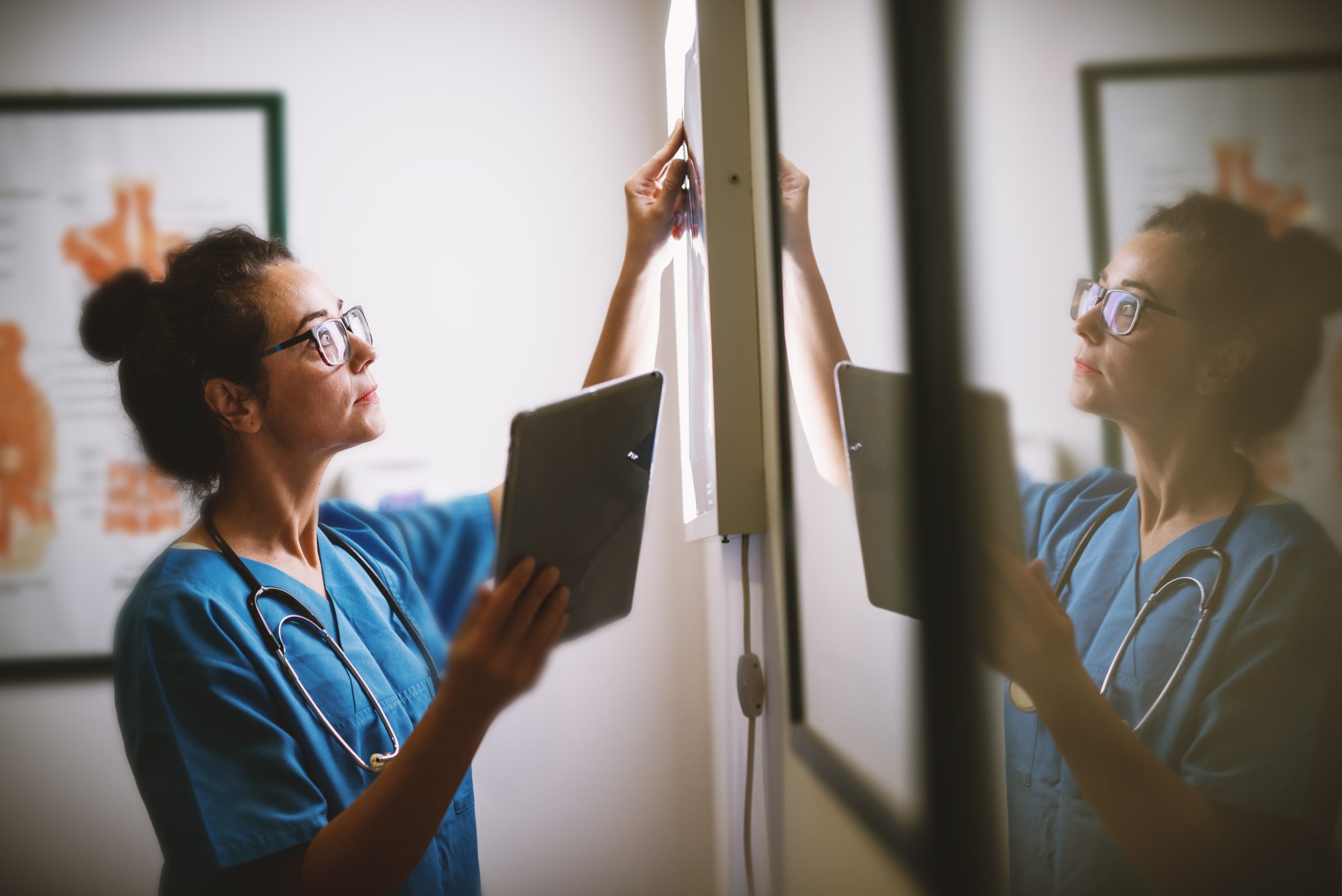

Blog: A workforce in crisis

Higher workloads. New responsibilities. Endless sources of anxiety. The pandemic has forced staff to stretch their responsibilities across departments and tackle new ways of working, which has led to widespread fatigue – a.k.a. burnout.
The pandemic was a key talking point at the renowned SBI/ACR Breast Imaging Symposium. A number of speakers explained how COVID-19 has negatively impacted them, their colleagues and their screening programmes. Katerina Dodelzon, MD at Weill Cornell, discussed the implications of breast cancer beyond the consequences of delayed screenings. She reported early findings, such as:
- Following the resumption of operations, breast cancer is now the most common cancer diagnosis worldwide.1
- Up to 10,000 additional deaths from breast cancer have been projected over the next decade.2
- A delay in surgery may be a statistically significant predictive factor of increased nodal involvement, with an odds ratio of 1.07.3
In fact, The American Cancer Society (ACS) found that the five-year survival rate for women receiving an early-stage (localised) breast cancer diagnosis is 99%3. When diagnosis occurs at the regional stage, survivorship falls to 86% – and then again to 28% at the distant stage4. Then there’s the 2020 Swedish study 5, which concluded with lead co-authors, László Tabár of Falun Central Hospital, Sweden, and Stephen Duffy of Queen Mary Hospital, UK, reporting:
“At least in the United States, they [radiologists] are interpreting more examinations than in the past, thus likely to be working longer hours and interpreting more studies on call compared with their predecessors.4”
She also explored the impact that mounting pressures, workforce changes and emotional burdens have had on practitioners. Before COVID-19 unfolded, she reported, physician burnout was its own pandemic, affecting around 60% of the workforce5. And it was radiologists who were more likely to feel unhappy and undervalued, and find work less meaningful. 6
So, when you factor in the busy days, risk of exposure to the virus and rapidly changing guidelines – not to mention the close emotional bonds with patients – it is no surprise that many radiologists are now under extreme stress and having to take more time out from work.
All of which has increased waiting times and treatment cycles, delayed diagnoses, and impacted treatment plans and survival rates.
There is a way forward. At Kheiron Medical, we’re harnessing the power of AI to help radiologists detect breast cancer earlier and achieve better patient outcomes. When combined with human expertise, our powerful, deep learning neural networks can help radiology departments become more effective and efficient.
Find out more about your challenges – and our solutions – in our eBook, ‘A better way forward for breast screening: Revolutionising breast imaging and cancer detection with AI’.
Download your copy today. And join the AI revolution.
1Sung, H., et al., Cancer Journal for Clinicians, 2020
2Sharpless, N.E., Science, 2020; Maringe, C., et al., Lancet, 20200
3Vanni, G., et al., Anticancer Res, 2020
4Radiologist Burnout Is Not Just Isolated to the United States: Perspectives From Canada – Journal of the American College of Radiology (jacr.org)
5Chetland, A., et al., Acad Radiol, 2019
6Giess, C., et al., Acad Radiol, 2020
